“It was really a statement by so many of us that things need to change,” says Kristen Hassen, one of the cofounders of HASS and the director of Pima Animal Care Center, a county shelter in Tucson, Arizona. “So many animal shelters, particularly government shelters, are still working off a model that started 150 years ago, which was to treat dogs and cats as nuisances that need to be taken off the streets and impounded, and that the ones that aren’t reclaimed are disposable.”
Hassen says animal intake at shelters has become too transactional. “We’ve trained communities that if you find a stray animal or you can’t keep your pet you bring it to the shelter. We have really taught the public that’s how you help,” Hassen says. She knows firsthand. Her facility took in 19,000 animals last year. For a county of 1 million people, she says the per capita rate is far higher than other counties.
HASS is trying to reeducate communities to avoid bringing animals to the shelter unless necessary, giving animals in the shelter more space and freeing up funding to provide a wider range of services and support. “So if you find a stray dog today, instead of just driving it to the shelter, we ask you to call the shelter, we get all the information, and we ask you if you’re able to hold the animal for a couple of days to give the owner time to get it home,” Hassen says. “And we do the detective work.” Instead of taking in the animal and doing the typical cleaning and medical checks, the shelter staff can focus on tacking down the animal’s microchip information and contacting the owner, or posting the animal on social media.






